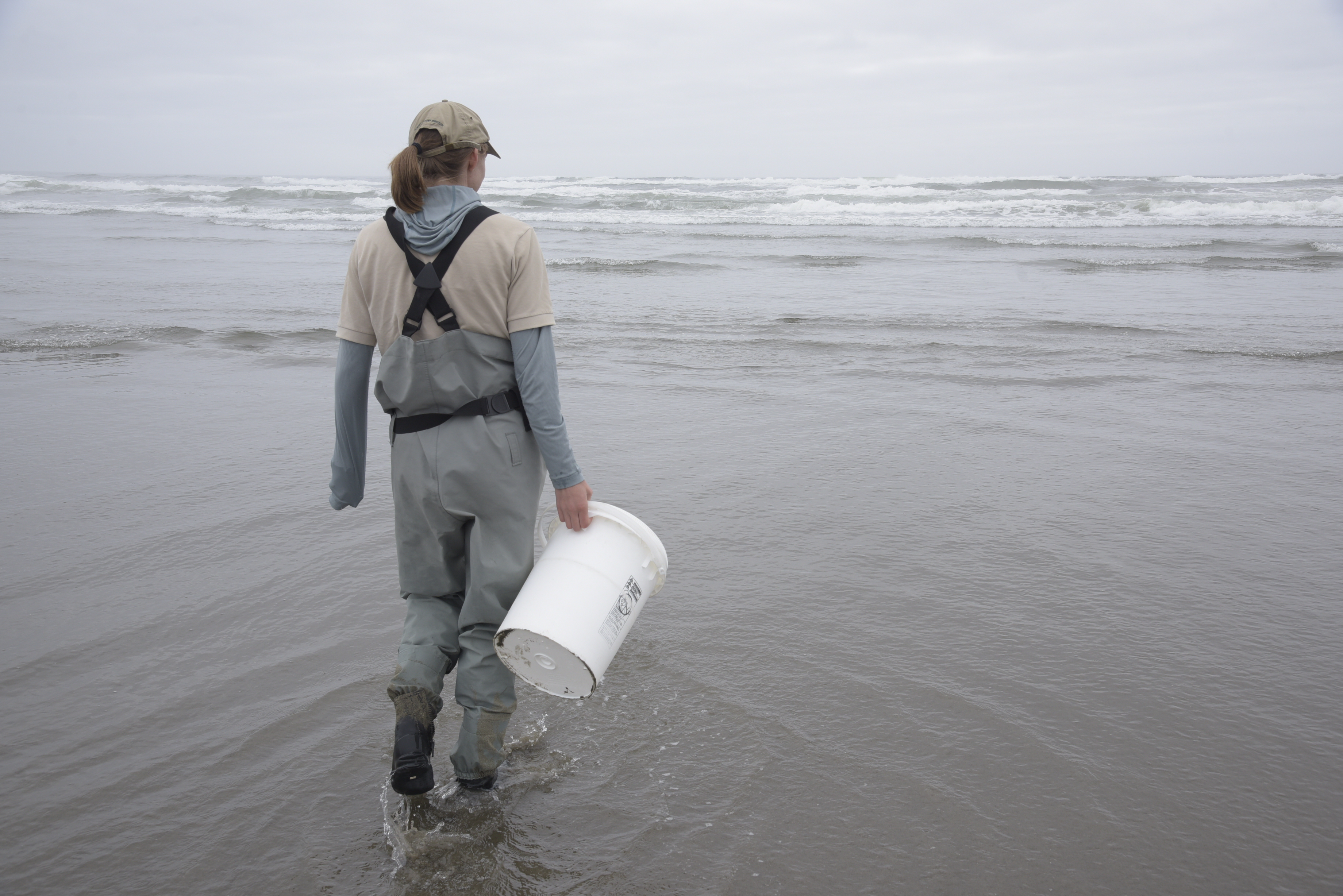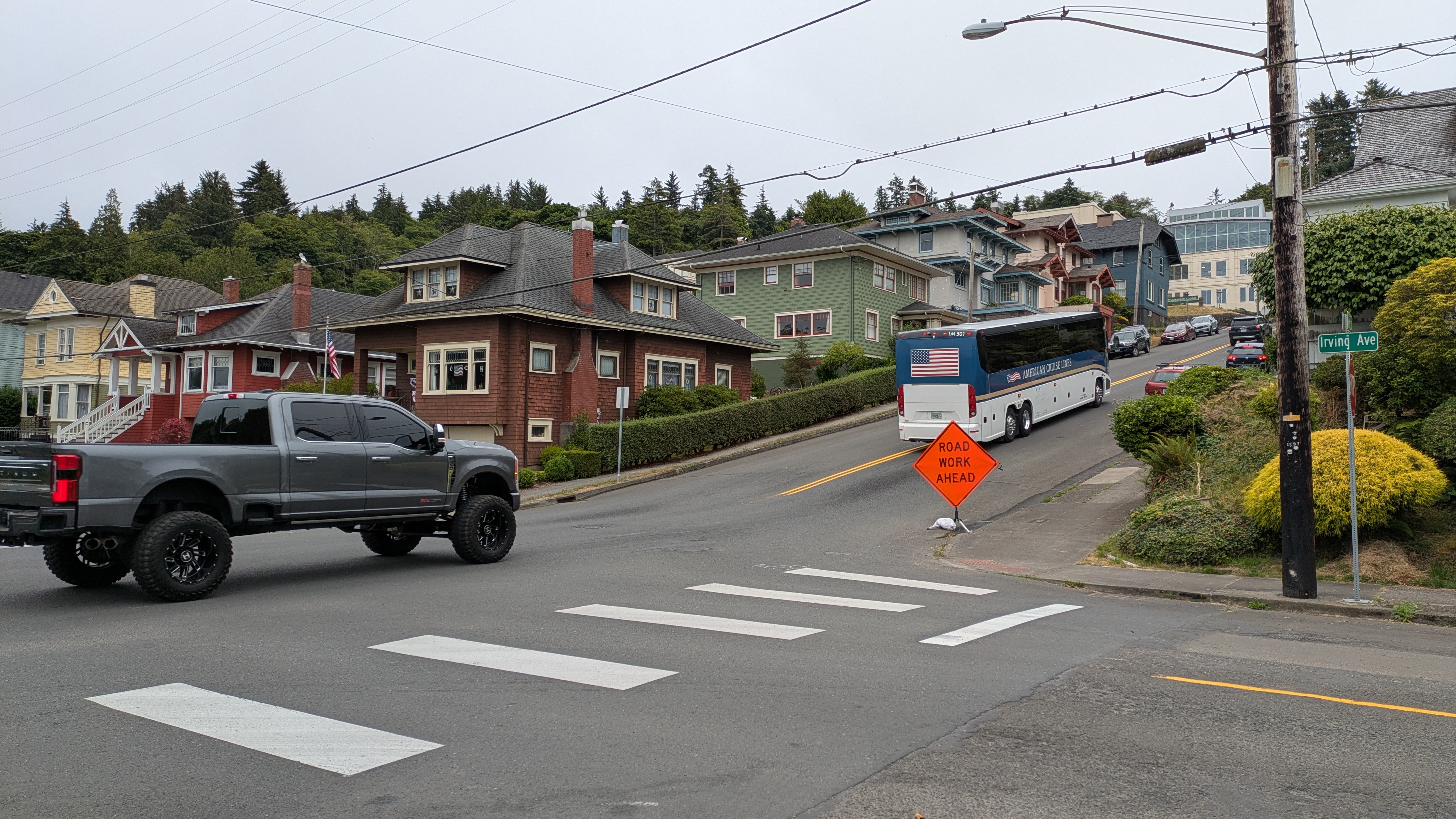Seaside medians may be canceled after outcry
Published 5:00 pm Thursday, September 19, 2002
ODOT will continue to consider safety needs of Highway 101 projectSEASIDE – Public input has helped to persuade state officials to consider removing much of the raised median from the design of a major U.S. Highway 101 widening project.
Trending
A need for further examination of the median and other concerns raised by the public in a series of workshops this summer prompted the delay of a wrap-up session, which previously had been scheduled for Thursday. The work sessions were held by the Oregon Department of Transportation, city councilors and the Seaside Planning Commission regarding the Pacific Way to Dooley Bridge project, an effort to widen and improve a stretch of highway at an estimated cost of $40 million.
ODOT officials have stated they want to work with the community, Mayor Rosemary Baker-Monaghan said Thursday.
“There was so much public comment at these public meetings that they decided to reconsider their position,” she said. “This is big … I was very much excited when they said they could look at taking (the median) out.”
Trending
The possibility emerged a week after an Aug. 28 work session. Baker-Monaghan met with Kathy McMullen, ODOT area manager, and the regional manager, to explore the options.
“One message we’re getting consistently from the city is concern about the median,” McMullen said. “We have a group looking at where we could remove it.”
The concept of improving U.S. 101 between Pacific Way in Gearhart and Dooley Bridge south of Seaside first emerged in 1962. The work is designed to improve safety and accommodate increasing traffic by widening the highway to two lanes in each direction.
In a 1997 city advisory ballot, roughly 70 percent of voters supported concepts of widening the highway and replacing the 24th Avenue Bridge. That outcome helped to convince state transportation officials to dedicate money to the project – nearly $30 million so far.
ODOT has long insisted on the replacement of the center turn lane with a raised median as a safety feature that would reduce collisions caused by turns across highway traffic and improper use of the center area as an acceleration lane.
Residents, business owners and city councilors repeatedly have questioned the feature, citing among many issues inconvenience for drivers who would need to find a break to turn and double back to get where they want to go – and the economic impacts for businesses accustomed to traffic in both directions.
Some places remain in the design where the raised surface is still deemed important for safety, McMullen said. Those areas reportedly include the project’s intersections having traffic signals.
A second plan is being prepared that would still have a median, but it would include a number of breaks allowing people to turn, McMullen said.
ODOT is trying to work with the city to design a project that will serve the community and its rising level of traffic for 20 years, she said. If medians are removed from the design now, “maybe as traffic increases we could add medians, over time.”
What approvals would be needed to remove the median from the design continues to be explored, she said.
Possibly the process would include the Oregon Transportation Commission, McMullen said. Commissioners already had planned a November tour of the North Coast and its various transportation projects, from the roundabout and transit center in Astoria to the north entrance project in Cannon Beach.
Meanwhile, city staff continues to work with ODOT on the design, Baker-Monaghan said. Additional issues raised by the public and city officials also need to be considered by designers, including impacts of the widened highway on parking.
Another key area of focus will be the roads between northbound and southbound lanes in the “couplet” section at the south end of town, where the highway would be divided, Baker-Monaghan said. Residents questioned the safety impacts and lack of paving planned at Avenue T and Avenue U, for example.
The first stage of the Pacific Way to Dooley Bridge project is slated for construction to begin in 2005. The extra time being taken to consider the median removal and other issues is not expected to impact funding, Baker-Monaghan said.
“The workshops brought up everybody’s issues,” she said. “It was good input from the public.”
Considering the information that must be reviewed in the design process, a new work session with city officials has not yet been scheduled, McMullen said. “We’ve got a lot of research to do.”









